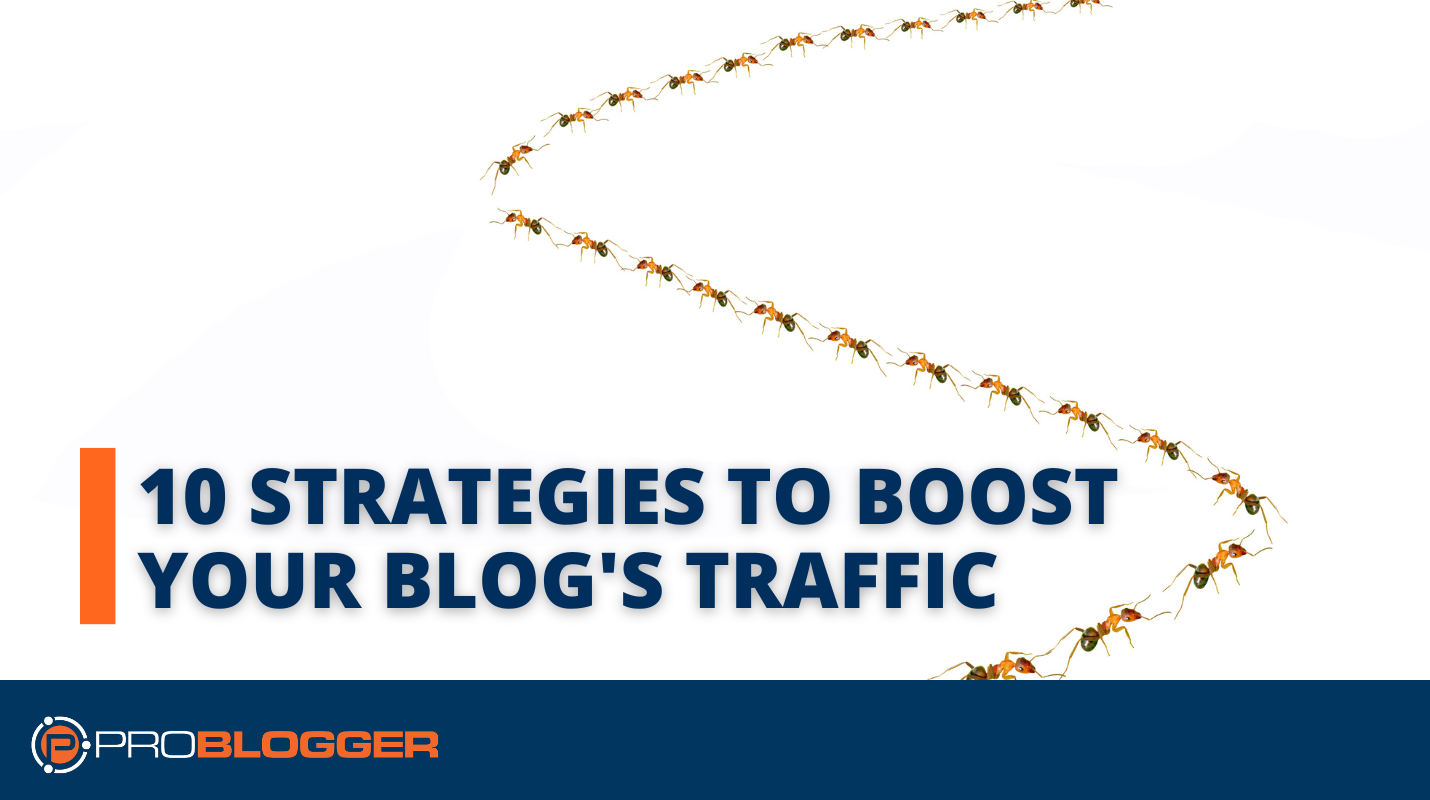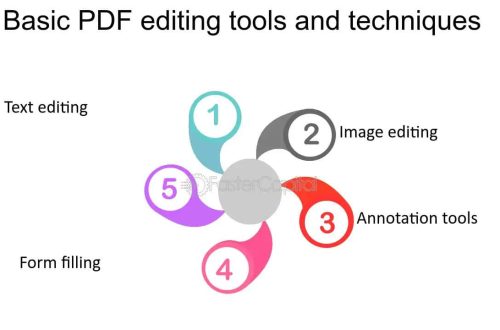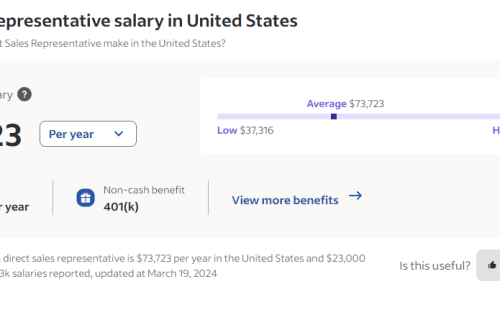As a blogger, one of your primary goals is to attract a larger audience to your website. More traffic means more visibility, engagement, and ultimately, more opportunities for monetization. Fortunately, there are several effective strategies you can employ to increase your blog’s traffic. In this article, we’ll explore ten proven techniques that encompass search engine optimization (SEO), social media, guest blogging, and more. By implementing these strategies, you’ll be well on your way to reaching a wider audience and achieving your blogging goals.
1. Optimize Your Content for SEO
Search Engine Optimization (SEO) is crucial for driving organic traffic to your blog. Start by conducting keyword research to identify relevant and high-traffic keywords in your niche. Incorporate these keywords naturally into your blog posts, titles, headings, and meta descriptions. Additionally, focus on creating high-quality, informative content that addresses your readers’ needs and interests. Well-optimized content will help search engines recognize your blog as a valuable resource, resulting in higher rankings and increased visibility.
Here’s 8 “First Step” SEO Tips for Bloggers if you’re new to this topic.
2. Leverage the Power of Social Media
Social media platforms offer an excellent opportunity to expand your blog’s reach and engage with a broader audience. Identify the platforms that resonate most with your target audience and establish a strong presence there. Regularly share your blog posts, along with captivating captions and relevant hashtags. Encourage social sharing by incorporating social sharing buttons on your blog, making it easy for readers to share your content with their networks. Engage with your followers, respond to comments, and actively participate in relevant conversations to build a loyal community.
This article explains in more depth How to Use Social Media to Promote Your Blog, including giving you 9 tips to using social media to find new readers for your blog.
3. Guest Blogging
Guest blogging allows you to tap into the existing audience of other established bloggers in your niche. Identify influential blogs that align with your niche and offer to contribute guest posts. Write high-quality, valuable content that showcases your expertise and includes a link back to your blog. When readers find value in your guest post, they’ll be inclined to visit your blog for more of your insights. Additionally, guest blogging helps build relationships with other bloggers, opening doors for future collaborations and cross-promotion opportunities.
If you want to learn more about guest posting Finding New Readers for Your Blog with Guest Posting gives you some important information.
4. Engage in Blogger Outreach
Connect with other bloggers in your niche and actively engage with their content. Leave thoughtful comments on their blog posts, share their content on social media, and reach out to them through email or social platforms. Building relationships with fellow bloggers can lead to collaboration opportunities, guest posting invitations, and mutual support in promoting each other’s blogs. The blogging community is a valuable network that can help amplify your reach and attract new readers.
The Ultimate Guide to Leaving Comments On Blogs covers this part of blogger outreach very thoroughly.
5. Create Compelling Headlines
The headline of your blog post is the first impression your potential readers get. Craft attention-grabbing headlines that evoke curiosity, promise value, and pique interest. Use power words, numbers, and actionable language to make your headlines more compelling. A well-crafted headline will entice readers to click through and explore your content, thereby increasing your blog’s traffic.
My post on Why Blog Post Titles Are Crucial tells you more about creating headlines and I’d also recommend you check out Headline Studio by CoSchedule which is a very helpful tool.
6. Implement Internal Linking
Internal linking is the practice of linking one page or blog post on your website to another. This strategy not only helps readers navigate your site but also improves SEO. By interlinking relevant articles within your blog, you can increase the time readers spend on your site, reduce bounce rates, and signal to search engines that your content is valuable and interconnected. Incorporate internal links strategically throughout your blog posts, guiding readers to related content and encouraging them to explore further.
Here’s an internal link for you, explaining all about How do you link to yourself?
7. Optimize for Mobile Devices
With the increasing use of smartphones and tablets, it’s crucial to ensure your blog is mobile-friendly. Optimize your website design and layout to provide a seamless browsing experience on smaller screens. Use responsive design, compress images for faster loading times, and ensure that your font sizes are legible on mobile devices. A mobile-friendly blog will not only improve user experience but also contribute to better search engine rankings, as search engines prioritize mobile-friendly websites.
You can listen to my podcast about The Benefits of Your Blog Being Mobile-Friendly and that page also contains further reading on the topic.
8. Utilize Email Marketing
Building an email list is a powerful way to maintain a direct line of communication with your readers. Encourage visitors to subscribe to your blog’s newsletter by offering exclusive content or valuable incentives. Once you have a subscriber list, regularly send out engaging emails that highlight your latest blog posts, share valuable resources, and nurture relationships with your audience. By leveraging email marketing effectively, you can drive repeat traffic to your blog and cultivate a loyal following.
Here’s the first article in a series about email marketing for bloggers which covers Why Your Blog Needs an Email Newsletter.
9. Collaborate with Influencers
Partnering with influencers in your niche can significantly boost your blog’s visibility and attract new readers. Identify influential individuals or brands that align with your blog’s topic and reach out to them for potential collaborations. This could involve co-creating content, hosting joint webinars or podcasts, or featuring each other’s work. Influencer collaborations introduce your blog to a wider audience and help establish your credibility in the industry.
The though of approaching influencers in your niche might be a little scary but this article about How to Approach Influencers in Your Niche will simplify things for you.
10. Analyze and Refine Your Strategy
Regularly analyze your blog’s performance using analytics tools to gain insights into what’s working and what can be improved. Monitor your traffic sources, popular content, and user behavior to identify patterns and trends. Adjust your content strategy accordingly, focusing on topics and formats that resonate with your audience. By constantly refining your approach based on data, you can optimize your efforts and continuously improve your blog’s traffic.
You should review your results regularly – here’s How to Dig Into Your Blog Statistics – and consider whether you’re meeting your objectives or if need to change your strategy.
Increasing your blog’s traffic requires a multifaceted approach that combines effective SEO practices, social media engagement, guest blogging, and more. By implementing the strategies outlined in this article, you can attract a larger audience, boost engagement, and achieve your blogging goals. Remember that consistency, quality content, and building relationships within your niche are key to long-term success. Embrace these strategies, adapt them to your blog’s unique needs, and watch your traffic grow. Happy blogging!




